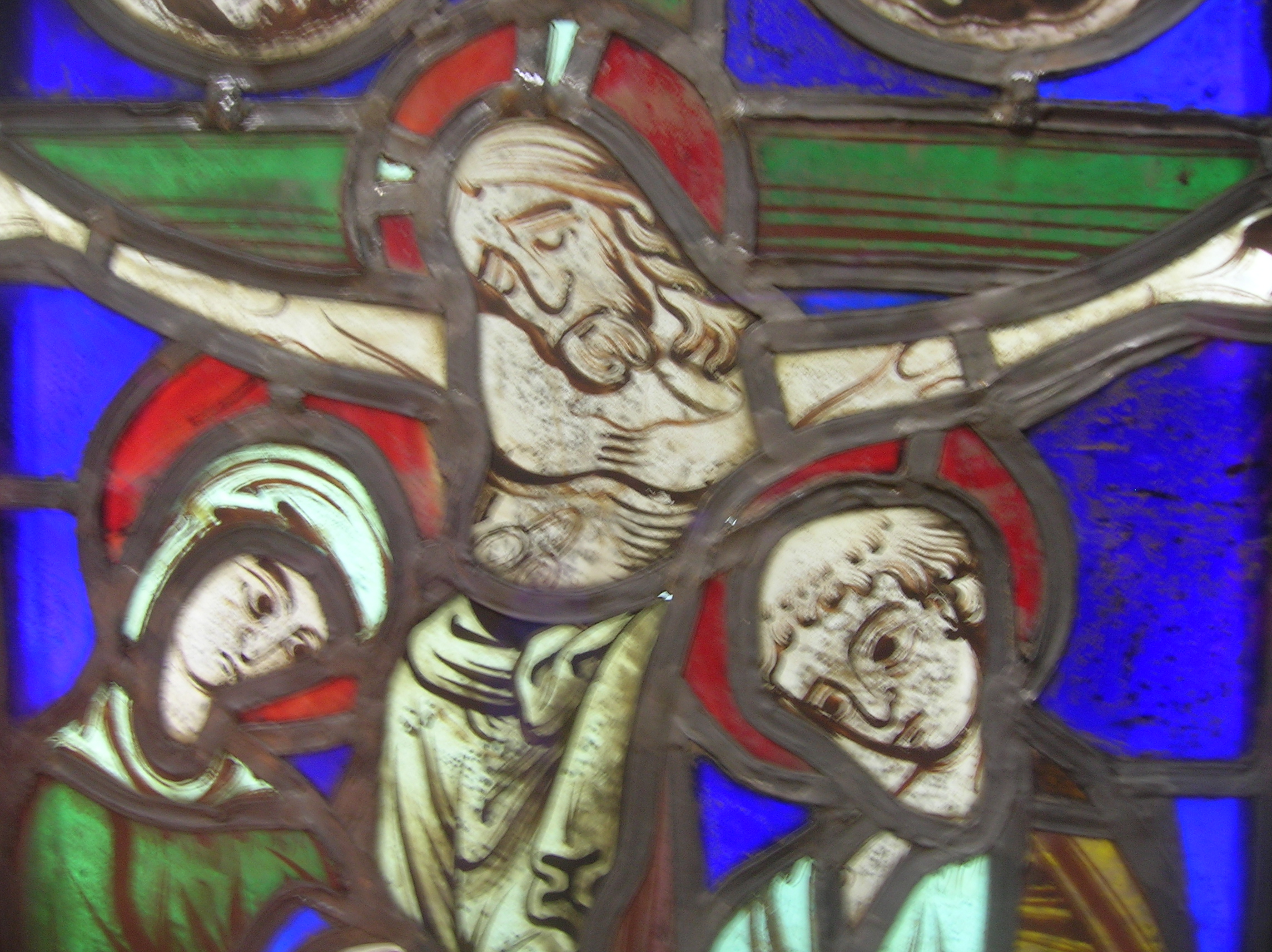Thom Rainer’s Simple Church is on our district pastor’s reading list. I understand and sympathize with the basic notion of the book. We’re pretty good at doing what we’ve always done. But Are lives being changed? Are people becoming followers of Jesus? Too often it seems we’re just keeping them busy.
If you pick up the book, you’ll find it an easy read. It’s highly repetitious and wordy. The main idea is to identify a clear and simple process for making disciples in your church. I get that. I think that’s a good idea. It’s an improvement over the age-old notion that if we build it (i.e., a stack of church programs and activities out the wazoo), they will come (i.e., become disciples). Unfortunately, I have never noticed a direct correlation between just keeping people busy at church and actually making disciples.
At the same time, I cringe as I read the book. It reads like a late-modernist manual. Ecclesiologically, it views the church as a disciple producing machine. Lost people are the raw material, the church and its programs are the processes that transform this raw material into disciples.
I’m in the middle of the book now where the authors tell us to “Designate a clear entry-point to your process.” They say:
The entry point is the program through which people are most likely to enter your church. It is the weekly program that guests are most likely to attend. It is the program you encourage your people to invite friends to attend.
In our small community we have more multiplex relationships with people than is common in an urban or suburban setting. I see my neighbor not only down the street but in stores and and his place of work. We have multiple relationships with each other. Within this network of relationships, it is common for several church people to be in relationship together (in a variety of ways) with several outsiders. Inviting them to come to Sunday morning worship (our event most approximating what Rainer is talking about) may be the most natural. But then it might be more natural for a couple of families in a Sunday School class to invite a family from their neighborhood to a fellowship event. Or for someone to invite a co-worker to join her in a weekend service project. Different people are reached in different ways.
It would seem natural that we would aim for folks to be involved in all three types of setting – Corporate worship, small group (face to face relationships), and outreach. But I’ve seen people start their walk with Jesus at any of these.
My presupposition is also that the church is better understood as organic, not mechanical. The church is people bound together by the Holy Spirit. While this body has institutional expression, it is not just an institution.

I agree. I really liked “Simple Church” and it helped shape Dayspring UMC. The text, however, would have made a much better magazine article than book – although distribution would have been much smaller. Secondly, the process the book advocates seems too linear today. People enter into discipleship at many different points and once on the journey the paths toward a deeper relationship with Christ vary greatly. Nevertheless, the church today can learn a few lessons from the concepts.